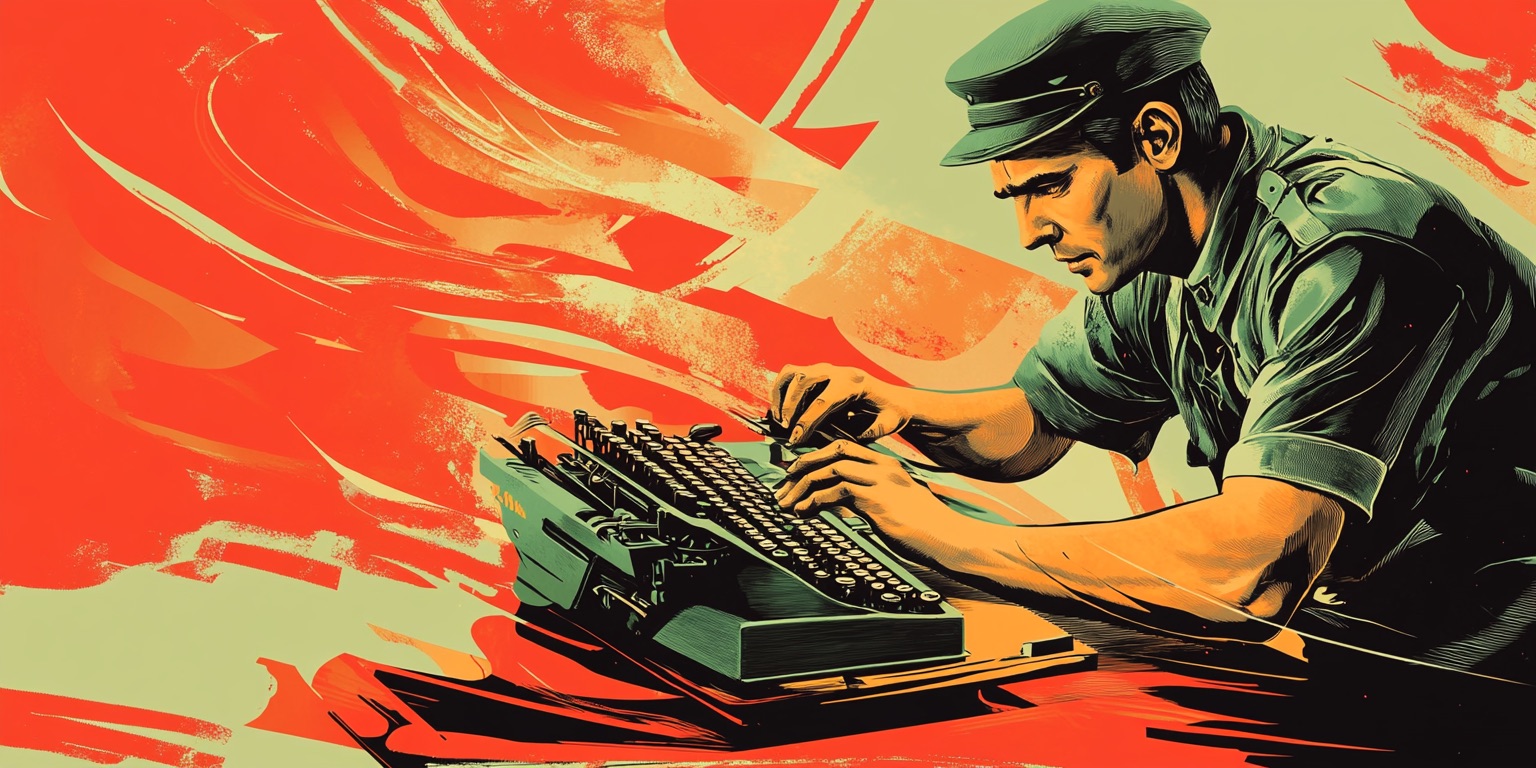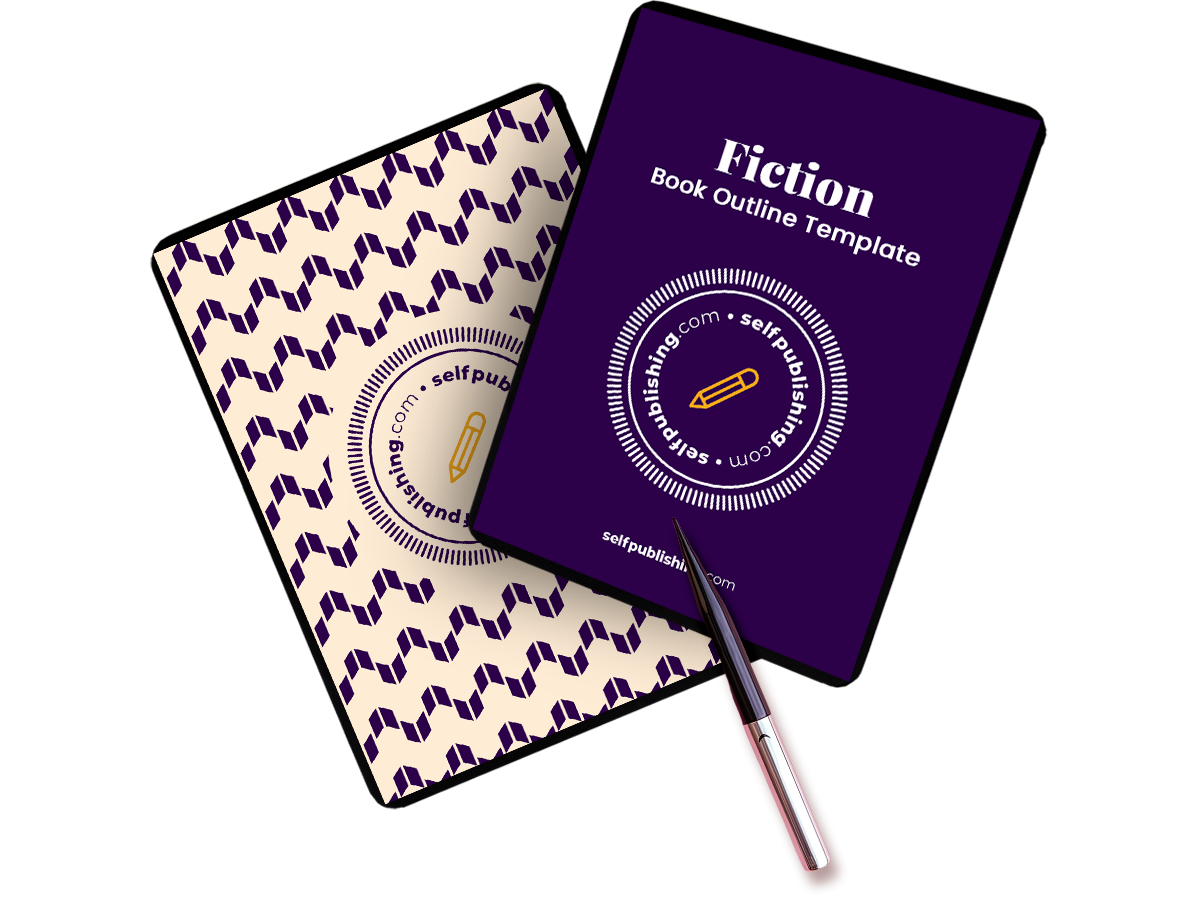Ever wondered how to write a book about war? I don’t know where you were that summer night in July of 2017, but hopefully you found a few hours to sit in a dark theater and watch the new film release, Dunkirk. With a 92% tomatometer score, Rotten Tomatoes describes it as an “Extremely powerful and exciting war movie about the evacuation during WW2.”
Writers long to craft powerful, exciting plots that bring in readers and garner standout reviews. In this article, I show you how to write a book about war and provide an eight point, step by step guide to help you. Let’s get into it!
Defining A War Book
Often termed a war novel or known as military fiction, a book about war has its central focus on the battlefield or the home front. Laura Hillenbrand’s Unbroken is a classic, nonfiction example of surviving during war.
Kristin Hannah’s The Nightingale is a bestselling fiction of life on the home front during World War II.
And Unbroken: Path to Redemption is the film sequel displaying Louis Zamperini’s struggle to return to normal life with PTSD and the countless complications that follow soldiers home from war.
When you decide to write a book on war, you do not need to pigeon hole yourself into one time period. Instead, you can choose to write about life on the battlefield, the home front, or returning from war.
Fiction Versus Nonfiction
While fiction and nonfiction vary greatly in most genres, when you write a book on war, both categories should include a factual recounting of historical events.
While Kristin Hannah can create characters of her own, they need to live in environments that could have, or did, actually exist during the war time setting she places them in. In the same way, Laura Hillenbrand had to include strictly factual details about her real-life protagonist’s story. Whether you write fiction or nonfiction, facts are key.
How To Write A Book About War: Things To Include
Just like every genre, there are key factors to include when learning how to write a book about war. I dive deeper in the coming guide, but keep these three aspects top of mind for fiction:
- Include multiple types of conflict
- Include realistic battle scenes
- Include humanized character
For nonfiction, your list is quite similar. Be sure to include:
- The primary conflicts your protagonist faced
- Realistic depictions of their experiences
- Multiple facets of their character
Next up, your step by step guide.
Step By Step Guide
With the above in mind, let’s dive into eight steps you can take as you write a book about war.
#1 – Define Your Primary Focus
There are so many factors to consider when you decide to write a book about war. In fact, it can feel like an insurmountable task to even begin to include every important detail. Instead, focus on the primary goal of your story.
If you write nonfiction, how can you best share an individual’s story or an event? For fiction, what should you focus on most to drive the action?
#2 – Don’t Forget About All Types Of Conflict
Second, when learning how to write a book about war it’s important to understand that your conflict doesn’t only include the setting. There are many types of conflicts you can include: Man against self, man against man, and man against nature.
While a book about war is primarily focused on man against man, consider how you can develop a deep point of view by including the conflict of man against self. This applies for both fiction and nonfiction.
#3 – Use The Senses To Showcase Emotion
It may feel difficult to include the five senses when writing on the topic of war, but it’s important to accurately portray it. Resist the urge to sugar coat the experiences of veterans and those who gave their lives, and instead, use the five senses to realistically display your scenes.
Of course, keep your target audience in mind and recognize that no matter how many edits you make, you can never replicate the experience itself. However, you can do your best to tell an honest story.
#4 – Understand What You’re Writing And How To Write It
Unless you’re writing your memoir or autobiography, you likely don’t have first hand experience about what you will write about. To aid you in this process, consider watching movies about war to visualize battle.
Steven Spielberg’s 1998 film, Saving Private Ryan is a great place to start. Spielberg depicted the Normandy landing so well that the film triggered PTSD in the veterans who watched it. If you write a book taking place on the battlefield, learn how to write battle scenes well.
#5 – Add Humanity To Common Tropes
Every genre has tropes, but when you write a book about war, don’t forget the humanity in the individuals and characters you write about. Louis Zamperini was not only a prisoner of war, he was a living, breathing individual with feelings, fears, hopes, and dreams.
To strip your protagonist of their humanity, particularly if you write nonfiction, is to lessen the weight of their sacrifice.
#6 – Resource Other Books
Simply writing this article is a reminder of the gravity in choosing to write a book about war. It is not an easy topic, so be sure to learn from authors who have gone before you. Read as many books in the genre as possible to get a grip on how to write well.
#7 – Remember You Can Always Edit
With tip number six in mind, remember that when you write a book about war, or any topic, you can always edit your manuscript. Until you send your final draft to the publisher or click publish you can make changes. Do your best to create a great first draft, but you can always:
- Edit your battle scenes
- Add layers of humanity
- Write in more senses
- Include internal conflict
- Fine tune your central focus
Edit, edit, edit.
#8 – Check Your Facts
This should go without saying, but fact checking is so crucial I can’t do less than include it. While you can take some creative liberties when writing fiction, your nonfiction should exactly reflect the details that truly happened.
For instance, if you cover an individual’s experience during the Bosnian War, fact check every detail of both their experience and the events that occurred. For fiction, you can take liberties with your characters’ experiences, but not with the events that occurred.
The Key Is To Begin The Process
If you feel a bit overwhelmed after all of this, simply focus on your first step. What can you do after exiting out of this blog to further your manuscript? Do you need to:
- Decide what perspective character to write from, or what point of view to use?
- Research important dates?
- Interview an individual?
Every book begins with the first step. You can do this! Feel free to reference this eight-step guide as often as you need to, and if you need further guidance, you may want to watch this video.
Remember, take it one step at a time. Best wishes as you set out on your journey!


























